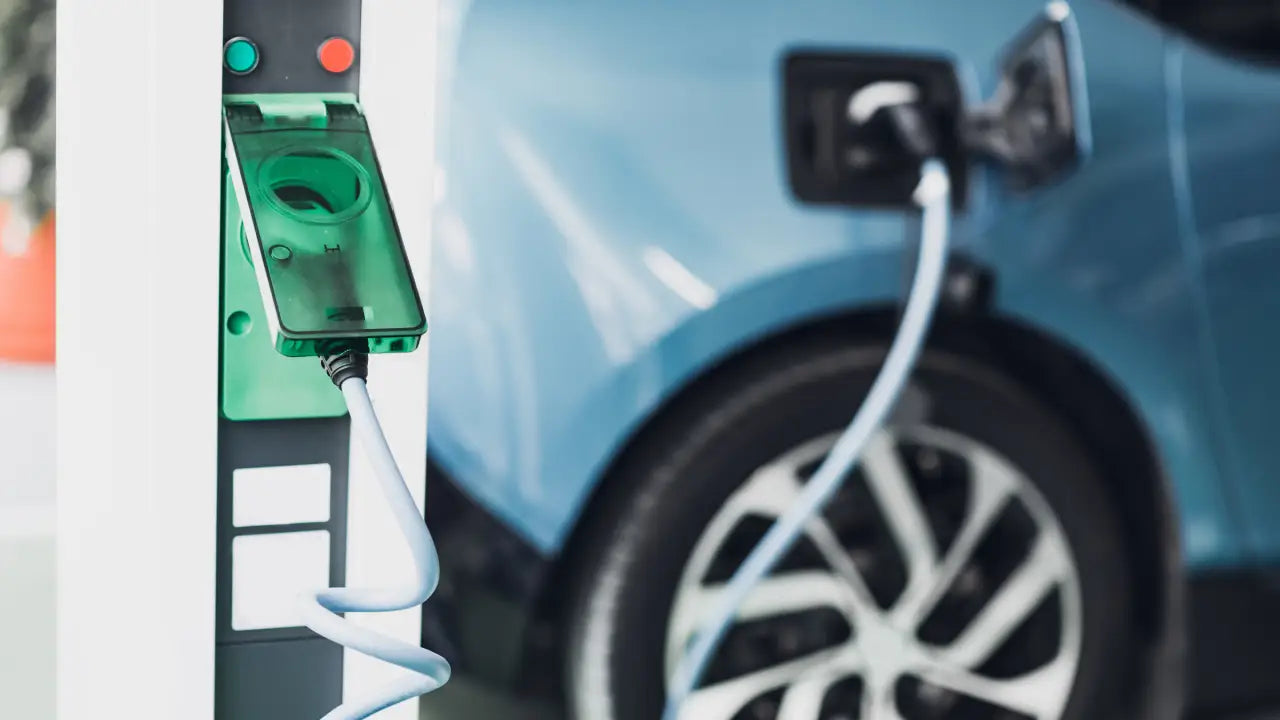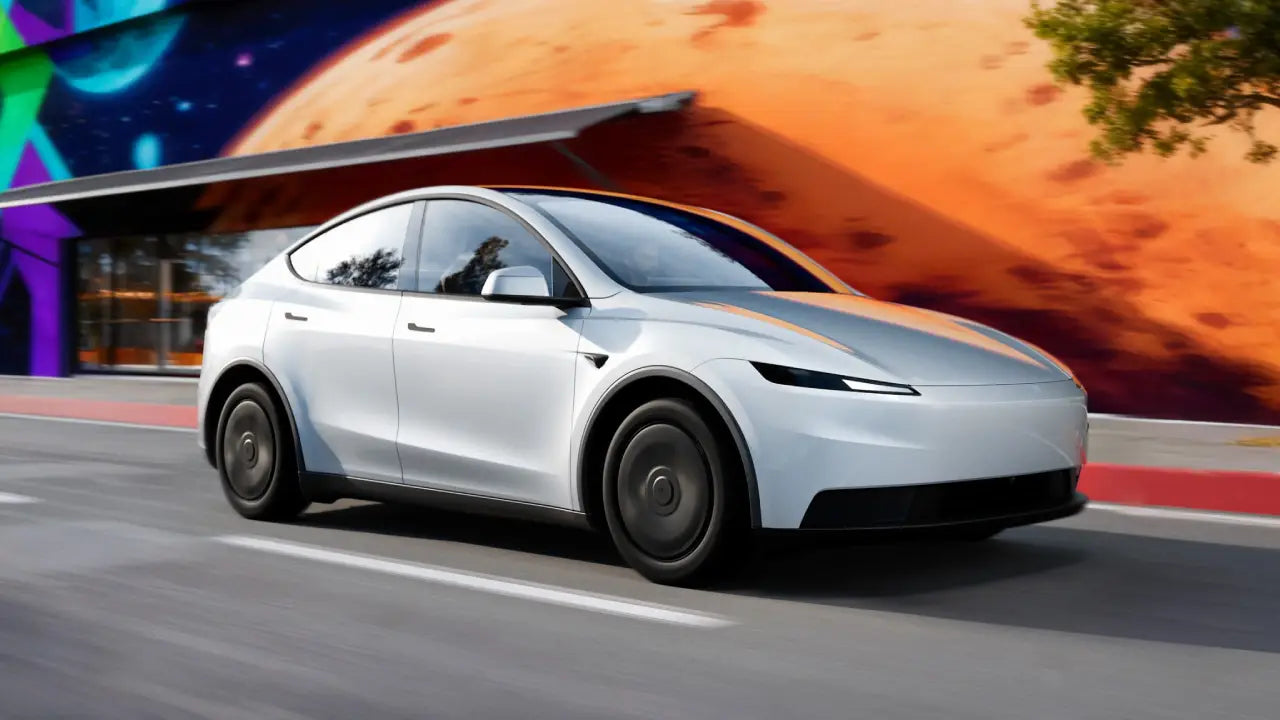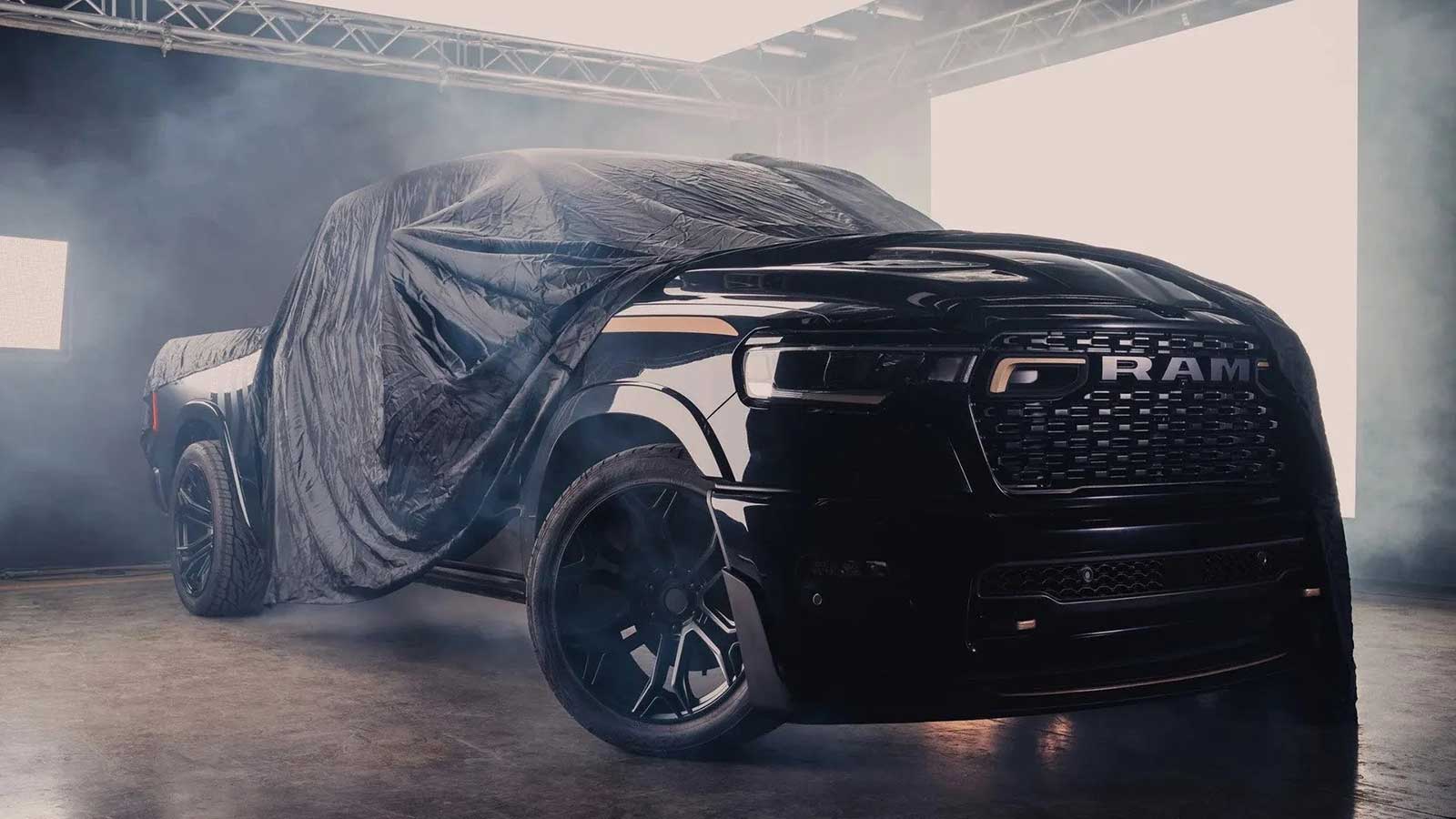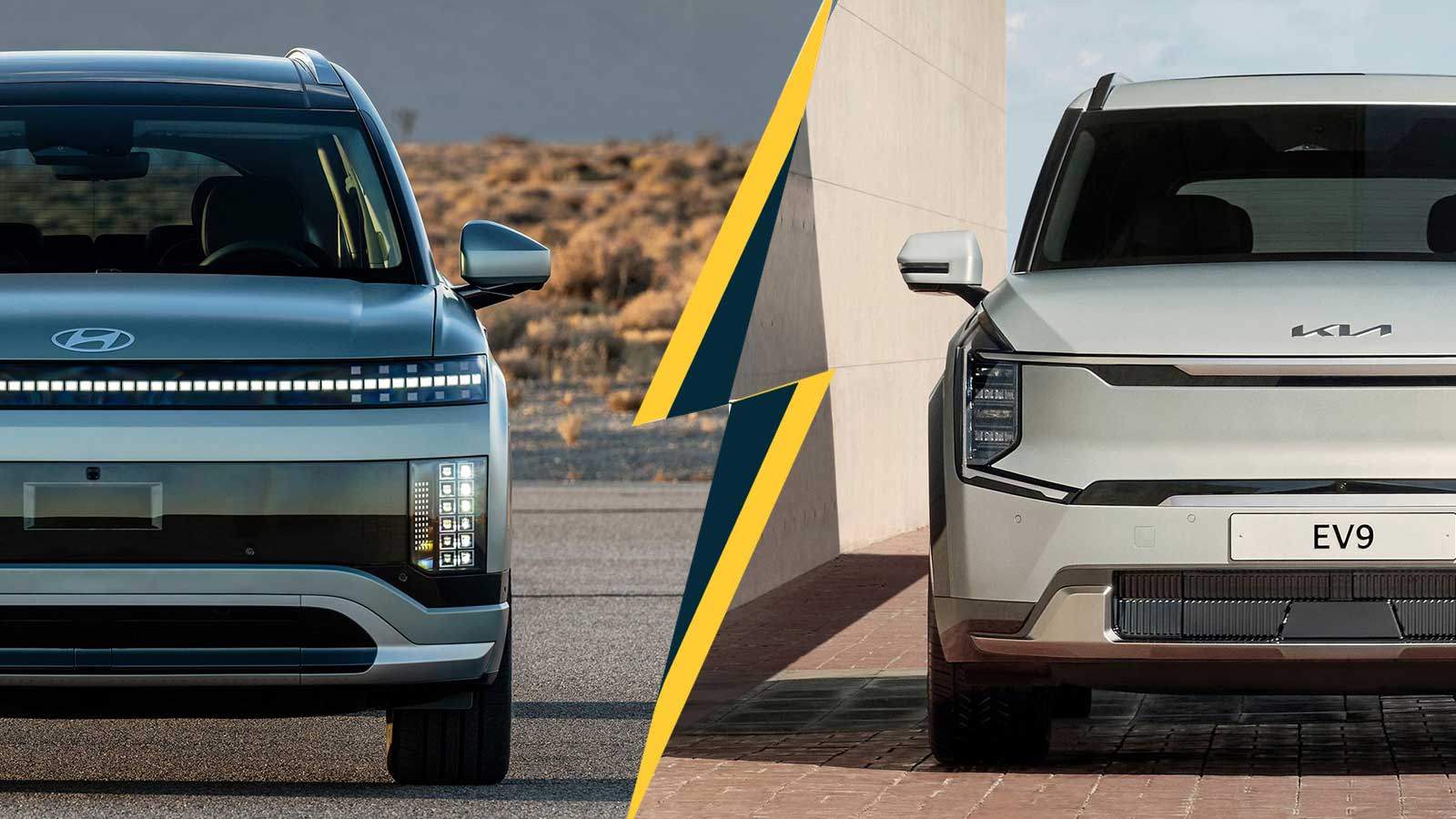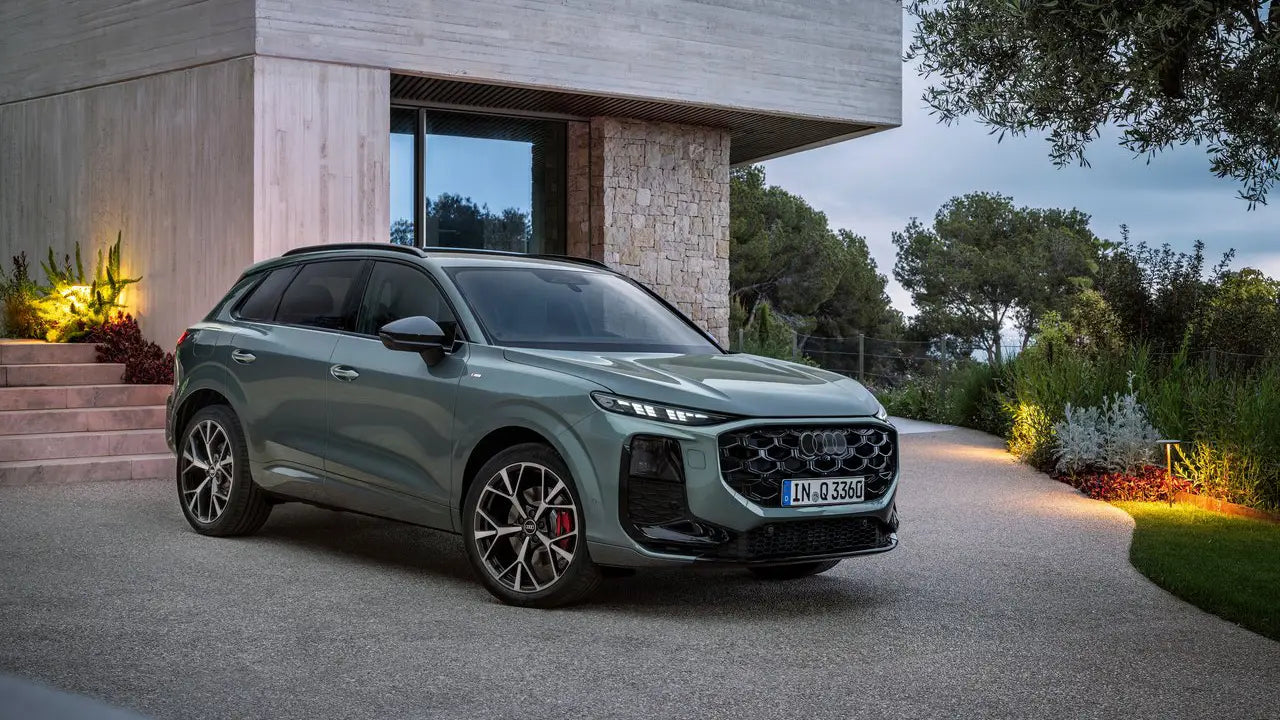As electric vehicles become more popular, one of the most common worries among drivers is range anxiety, the concern that the battery might deplete before getting to a charging station. As battery technology keeps improving, EV range extenders have come up as a smart way to connect convenience with sustainability. In this article, we’ll explore everything about EV range extenders, from their functions and manufacturers to advantages and disadvantages.
What is an EV Range Extender?
An EV range extender is a small auxiliary power unit, typically a compact internal combustion engine or generator, that is used to replenish an electric vehicle's battery while driving. It does not directly move the wheels; instead, it generates electricity to keep the battery charged when it drops below a particular level. So consider an EV range extender to be a mobile backup power generator. When your battery's energy level drops too low, the range extender automatically kicks in to provide extra power, allowing you to continue riding without stopping to recharge.

How does an EV Range Extender Work?
In a typical range-extended electric vehicle, also known as an REEV, the primary source of propulsion is still the electric motor. The process generally follows this sequence:
-
Battery Power: The vehicle starts and runs purely on battery, just like a standard EV.
-
Low Battery Activation: When the battery level drops below a preset threshold, the range extender activates automatically.
-
Electricity Generation: The onboard generator (often powered by gasoline, ethanol, or another fuel) produces electricity.
-
Battery Recharging: The generated electricity either recharges the battery or directly powers the motor, extending the total driving range.
This setup ensures that drivers get the quiet, smooth, and eco-friendly benefits of electric driving without the range anxiety.
What is an EV Range Extender Kit?
An EV range extender kit is an add-on system designed for the same purpose as the function of a range-extended electric vehicle. If you ask, “Is it possible to add a range extender to an EV?”, the answer might be complicated. A pure EV can theoretically be made longer-range by installing a tiny generator system that supplies power to the battery or engine. However, doing so securely and efficiently necessitates extensive integration with:
-
The battery management system (BMS)
-
The vehicle’s power electronics and control software
-
Proper thermal management and safety mechanisms
Without precise engineering, adding a range extender to a standard EV risks damaging the battery, voiding warranties, or even violating emission and safety regulations.
Which Electric Cars Use Range Extenders?
Some electric cars come equipped with range extenders. These vehicles are often called Range-Extended Electric Vehicles (REEVs). Notable examples include:
-
BMW i3 REx: This model features a 647cc two-cylinder gasoline engine from BMW’s scooter line. Once the battery is depleted, it kicks in automatically to extend range by around 130 km.

-
Chevrolet Volt / Opel Ampera: One of the first widely known range-extended EVs. The 1.4-liter gasoline engine powers a generator to keep the car moving once the electric range (around 50 miles) is used up.

-
Mazda MX-30 R-EV: This vehicle uses a compact rotary (Wankel) engine as a generator, extending its total range while maintaining smooth electric drive.

-
Fisker Karma: A luxury plug-in model that combines dual electric motors with a gasoline-powered generator.

-
Cadillac ELR: A premium version of the Chevy Volt with similar range-extending technology.

How is an EV With a Range Extender Different Than a Hybrid?
An EV with a range extender is essentially an electric vehicle. The electric motor always drives the wheels, and the range extender's engine never directly powers the drivetrain; instead, it provides electricity to charge the battery. In contrast, a hybrid vehicle drives the wheels with both an internal combustion engine and an electric motor. Power can be supplied from either source or both, depending on the driving conditions.
How Is an EV With a Range Extender Different Than a Plug-in Hybrid?
A plug-in hybrid electric vehicle (PHEV) is equipped with both an internal combustion engine and an electric motor; however, unlike a range-extended electric vehicle, the engine is capable of directly driving the axles when necessary.

What are the Advantages and Disadvantages of EV Range Extender?
Here are the advantages and disadvantages of EV range extenders:
Advantages of EV Range Extender
-
Extended Driving Range: One of the great advantages of range extenders is that they make long trips more enjoyable by minimizing the need for frequent charging stops, which helps ease any worries about running out of power.
-
Experience the joy of smooth, quiet, all-electric driving! Even when the engine engages, it doesn’t directly power the wheels, so you can still enjoy that serene ride.
-
Flexible Fuel Use: In places where charging options are few, having a small tank of fuel can help keep your adventure on track.
-
Lower Emissions Compared to Full Hybrids: Because the engine operates only when necessary to produce electricity, overall fuel consumption and emissions tend to be less than those of traditional hybrids.
-
Energy Efficiency in Urban Driving: This system focuses on electric operation, making it perfect for short commutes and city driving.
Disadvantages of EV Range Extender
-
Added Complexity and Weight: The car could be heavier and more complicated than a pure EV because it has an engine, generator, and fuel system.
-
Higher Cost: The dual-system setup increases manufacturing costs and maintenance expenses.
-
Reduced Cargo Space: The additional components (fuel tank, exhaust, etc.) take up room inside the vehicle.
-
Limited Availability: Few modern models use range extenders, as the industry is shifting toward pure long-range EVs.
-
Maintenance and Emissions: While less frequent, the small engine still requires maintenance and emits CO₂ when used.
An EV with a range extender provides a nice balance between fully electric vehicles and hybrids. It offers electric performance along with backup energy security, making it a great choice for areas with developing charging infrastructure. As battery capacity and fast-charging technology continue to improve, range extenders are becoming less essential and might soon be a thing of the past in the journey of electric mobility.

